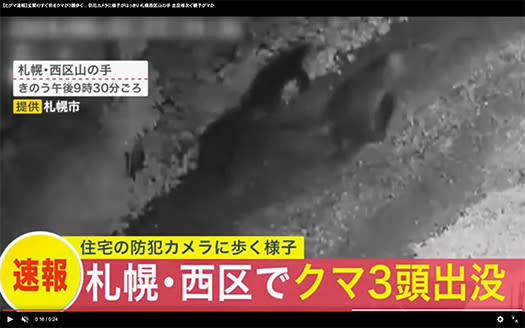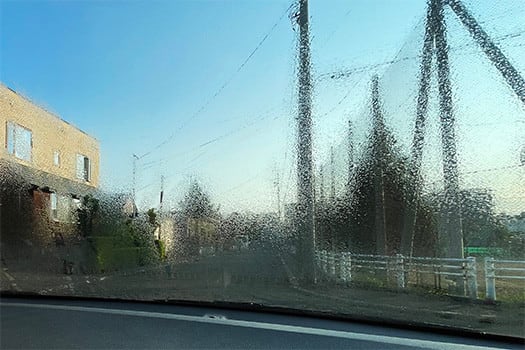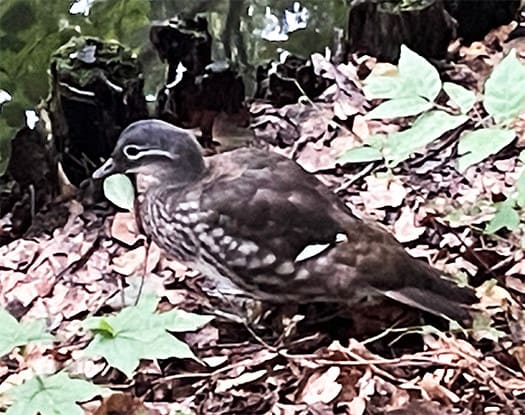


週末になると夫婦で遠出して、主として野菜類の買い出しをするのが楽しみになっています。先日8/15の拙ブログで【オモシロ野菜発見、農産物市場探訪】というテーマで「コールラビ」〜キャベツの味っぽいカブ大根をご紹介して、それを浅漬けにした様子をご覧いただきました。
それまではニセコビュープラザのお店訪問が多かったのですが、この日には長沼の道の駅「マオイの丘公園」の周辺農家野菜店舗群に出掛けた次第。以前にも何回も訪れていたのですが、だいぶ「模様替え」というか内容が充実していて、驚かされた次第。こういった農産品店舗でも工夫を凝らして経営努力している様子がわかって、非常に楽しい。
で、今回は前回も気になっていた「ソーメンカボチャ」であります。
店舗でも「これってどういう野菜なのさ?」と聞いていたのですが「カボチャを半割に切って茹でたら、ソーメン状になっているのさ」という説明のみ。「え、それってソーメン状に切るってこと?」「いやそうじゃなくて・・・」という掛け合い。
前回8/15の訪問時には不得要領ということでパスしたのですが、昨日はこの「気がかり」を解消すべく購入して料理することにしたのです。1玉250円。
WEBで検索したら下の写真2枚のようなビジュアル情報が発見できた。おいおいであります。この野菜は本州全国各地で生産されるけれど主には日本海側・北陸地方などの名産だそうで、北海道の人間からしたら、まことに珍奇な野菜。自然の不思議な造形の妙に驚かされる。それを長沼周辺農家がチャレンジしたという。茹でたらすぐにソーメン調理完了ってすごい。
まずはしっかり情報収集してからということで、調理は今週中のいつかに着手予定。いろいろ蕎麦打ちもしなけりゃならないので、アタマの整理整頓、気持ちの整理が大変なのです(笑)。幸いにしてこのソーメンカボチャは常温保存で冬くらいまで大丈夫ということ。
〜そうめんかぼちゃは味にクセがないので、そうめんのようにシンプルに「めんつゆ+うずらの卵+万能ねぎ」と食べても美味しいですし、お好みのドレッシングに合わせてサラダ風にするのもおすすめです。またもしベジヌードルとしてパスタの麺の代わりにするなら、そうめんかぼちゃの水分で味が薄まらないようにしっかり水気を絞ってから使いましょう。〜
という案内ですが、わたしは料理が好きではありますが、情報収集をまずはしっかりやってから着手するタイプ。ほかにもどっさり野菜類、食材類を購入してくるので、その順番も考えながら取り組んでいきたい。調理して、食べてみての感想は次の機会に。
English version⬇
Mysterious and wacky vegetable - Somen Pumpkin
Following on from the previous kohlrabi, “boiled somen” is a vegetable that is produced in many parts of Honshu. Farmers in the Naganuma area are trying their hand at producing this vegetable in various parts of Honshu. It is an eye-opener. I want to collect information and cook it. I want to collect information and cook it.
On weekends, I look forward to going out with my husband and wife to go shopping, mainly for vegetables. In my blog on August 15, I introduced “kohlrabi” - a turnip radish that tastes like cabbage - under the theme of “Discovering Omoshiro Vegetables, Exploring Produce Markets,” and showed you how I made asazuke (lightly pickled vegetables) from it.
Until then, most of my visits had been to the stores at Niseko View Plaza, but on this occasion, I went out to the group of farmer vegetable stores around the roadside station “Maoi no Oka Koen” in Naganuma. I had visited there many times before, but I was surprised to see that it had been “redecorated” or enhanced. It was very enjoyable to see the ingenuity and management effort that goes into these agricultural product stores.
This time, it was the “Somen Pumpkin,” which I had been curious about last time.
I had asked at the store, “What kind of vegetable is this? But the only explanation was, “It's a pumpkin that is cut in half and boiled to make it look like somen noodles. I asked, “Oh, does that mean you cut it into somen noodles?” He replied, “No, that's not what I meant...”
I decided to buy it and cook it yesterday to solve this “concern”.
I searched the web and found the visual information as shown in the two photos below. It's a good thing I did not have to buy it. This vegetable is produced all over Honshu, but mainly in the Sea of Japan and Hokuriku regions, so from a Hokkaido person's point of view, this vegetable is a real curiosity. From the point of view of people in Hokkaido, it is a truly unusual vegetable, and one that surprises us with its strange natural formations. Farmers in the Naganuma area have taken up the challenge. It is amazing that the somen is ready to be cooked as soon as it is boiled.
We are planning to start cooking sometime this week. I have a lot of buckwheat noodle making to do, so it's hard to keep my mind organized and my heart in the right place. Fortunately, the somen kabocha can be stored at room temperature until winter.
〜Somen kabocha has no peculiar taste, so you can eat it simply as somen noodles with “mentsuyu (noodles sauce) + quail egg + all-purpose green onion,” or you can make it salad style with your favorite dressing. If you want to substitute pasta noodles as veggie noodles, be sure to squeeze out the water thoroughly before use so that the flavor is not diluted by the water in the Soumen kabocha. 〜I'm not sure if this is a good idea or not, but it is a good idea.
I like cooking, but I am the type of person who gathers information first before starting to cook. I also have a lot of other vegetables and ingredients to buy, so I want to work on them in that order as well. I'll let you know what I think after cooking and eating them next time.

















